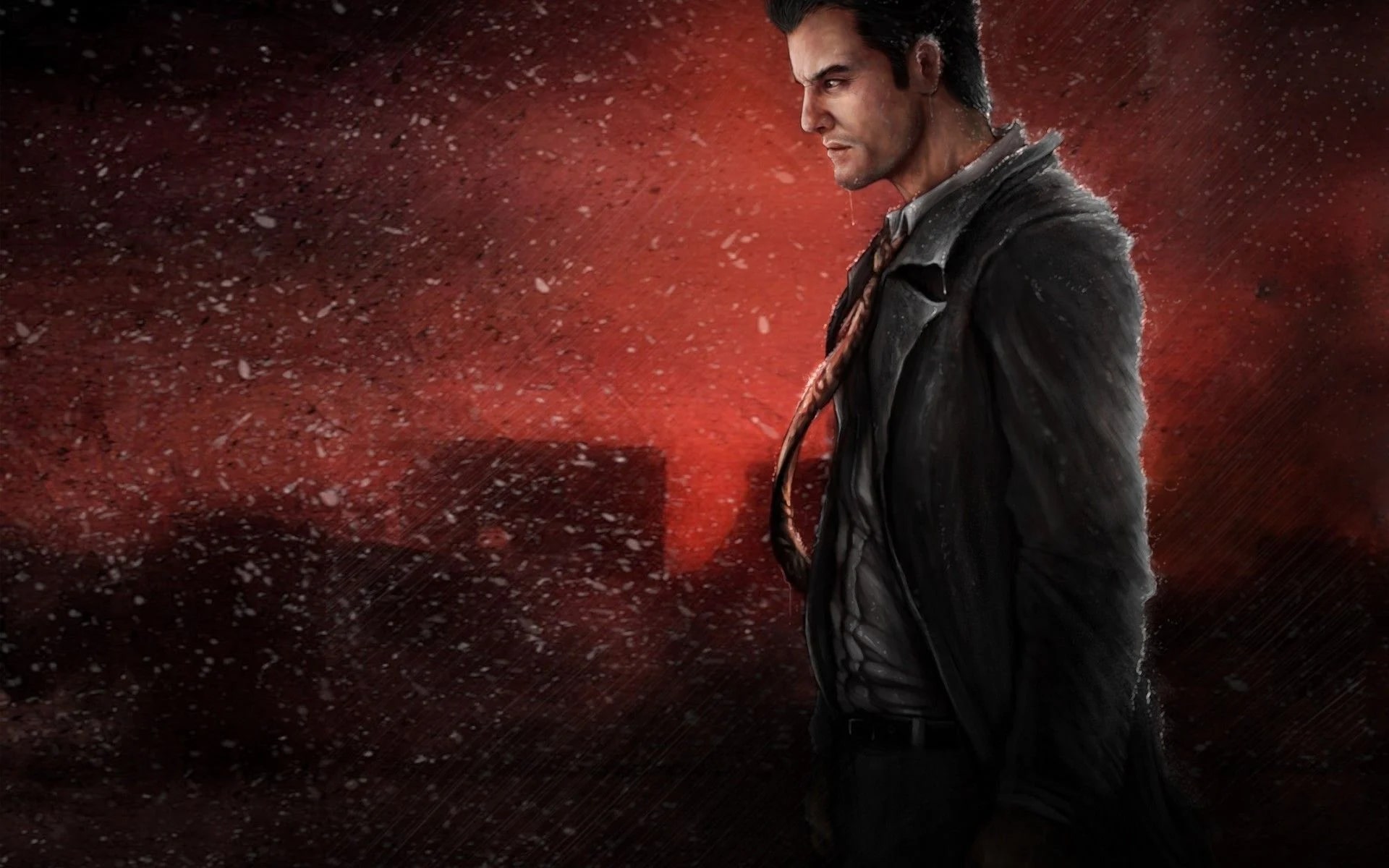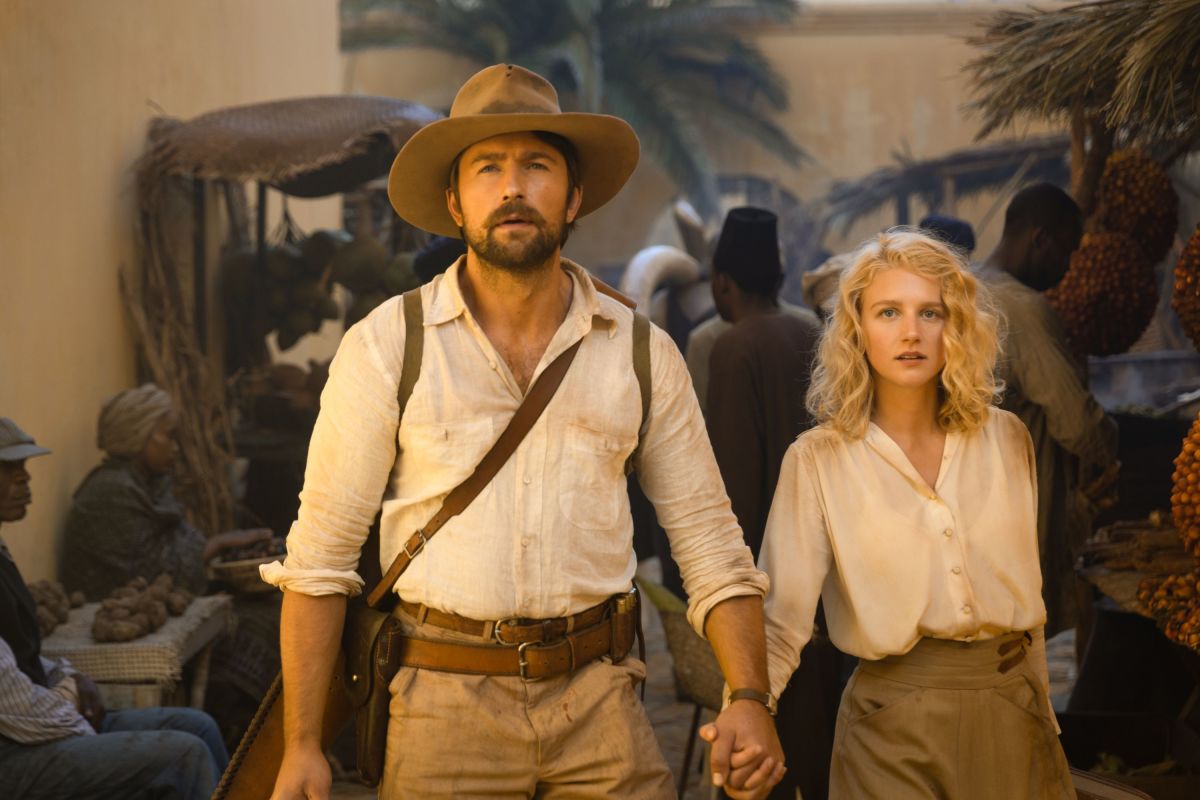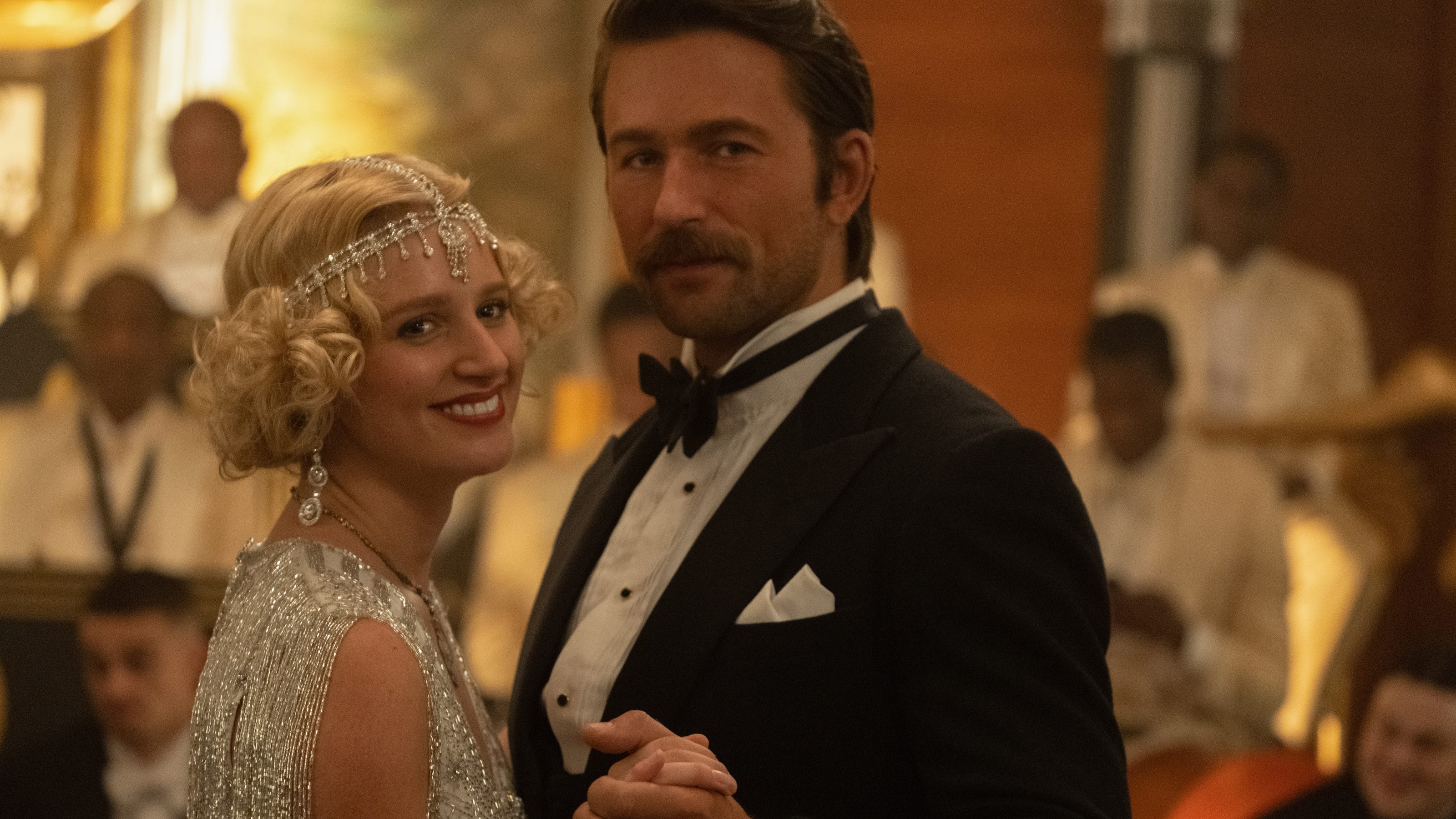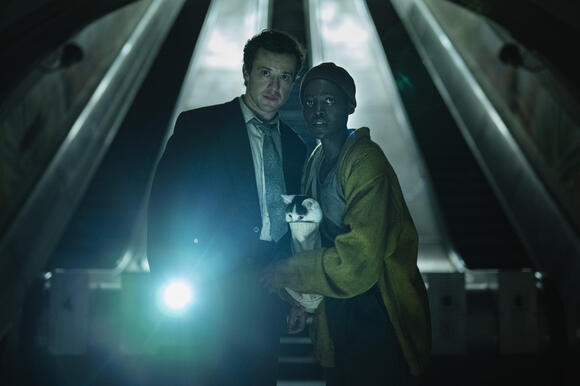Exploring The Max Payne Film Franchise: Successes And Shortcomings

Table of Contents
The Appeal of the Source Material: Why Adapt Max Payne?
The Max Payne video game series captivated players with its unique blend of elements, making it a potentially lucrative target for film adaptation. Its popularity stemmed from several key factors:
- Gritty, neo-noir atmosphere: The games are steeped in a dark, atmospheric world, filled with rain-slicked streets, corrupt cops, and morally ambiguous characters. This visual style, reminiscent of classic film noir, presented a visually compelling canvas for a film adaptation.
- Slow-motion "bullet time" action sequences: The innovative "bullet time" mechanic, allowing players to slow down time during gunfights, became a defining feature of the Max Payne experience. This visually stunning element offered a unique action spectacle with enormous potential for cinematic translation.
- Compelling narrative with themes of revenge and loss: Max Payne's story is a tragic tale of revenge, fueled by the loss of his family. This emotionally resonant narrative, combined with its complex characters and morally gray areas, provided a strong foundation for a compelling film.
- Cult following and dedicated fanbase: The games cultivated a loyal and passionate fanbase eager to see their favorite character and world brought to life on the big screen. This built-in audience represented a significant potential market for a Max Payne movie.
These compelling aspects suggested a high potential for a successful film adaptation, provided the filmmakers could effectively translate the game's unique essence to the cinematic medium.
Analyzing the Successes of the Max Payne Film Franchise
Despite its overall mixed reception, the Max Payne film did achieve some successes.
- Casting choices: Mark Wahlberg's portrayal of Max Payne, while differing from the game's character in some ways, delivered a believable performance, capturing the character's brooding intensity and physicality. Mila Kunis also delivered a memorable performance.
- Action sequences and their visual impact: While not perfectly replicating the game's "bullet time," the film did feature some impressive and visually striking action sequences, effectively using slow-motion and stylized camerawork to create a sense of intensity.
- Specific scenes or elements that successfully translated from game to film: Certain key moments and atmosphere from the game were successfully recreated in the film, preserving some of the original game's dark and gritty aesthetic. The overall visual style captured the game's distinctive look and feel.
- Positive critical reception (if any): While largely negative, some critics praised the film's visual style and action sequences, acknowledging the effort to translate the game's distinctive aesthetic.
These aspects, though limited, contributed to the film's appeal for certain segments of the audience, particularly those familiar with the source material.
Examining the Shortcomings of the Max Payne Film Franchise
Despite some positive aspects, the Max Payne film adaptation suffered from significant shortcomings that ultimately contributed to its less-than-stellar reception.
- Deviation from the source material's plot and characters: The film's narrative strayed considerably from the source material, altering key plot points and character arcs, disappointing many fans who expected a more faithful adaptation.
- Negative critical reviews and box office performance: The film received overwhelmingly negative reviews from critics, citing a weak script, inconsistent pacing, and a failure to capture the spirit of the game. Box office performance was equally underwhelming.
- Action sequences that failed to capture the essence of the game's "bullet time": While the film included slow-motion sequences, they lacked the stylistic flair and innovative gameplay mechanics that defined the game's iconic "bullet time."
- Plot holes and inconsistencies: The film's plot suffered from numerous inconsistencies and unexplained elements, leading to confusion and a lack of narrative cohesion.
- Underwhelming character development: Many characters felt underdeveloped and lacked the depth and complexity of their game counterparts, hindering audience connection and emotional investment.
These critical failures highlighted the challenges of adapting a complex video game narrative and its unique gameplay mechanics to the big screen. The missed opportunity to accurately represent the game's atmosphere and characters significantly impacted the overall reception.
Comparison with Other Video Game Adaptations
Compared to successful video game adaptations like Tomb Raider or Pokémon Detective Pikachu, which prioritized a balance between faithful adaptation and cinematic storytelling, the Max Payne film struggled to strike this balance. Conversely, comparing it to similarly unsuccessful adaptations like Doom, reveals shared pitfalls such as a failure to translate unique game mechanics and a reliance on generic action sequences. The Max Payne film ultimately fell short of capturing the core elements that made the game compelling, unlike more successful adaptations which retained the essence of the source material while adding cinematic flair.
Conclusion
The Max Payne film franchise, while attempting to capture the dark and gritty world of the beloved video game, ultimately fell short of expectations. While aspects like the casting of Mark Wahlberg and certain visual elements resonated with audiences, the film's deviation from the source material, weak plot, and underwhelming action sequences led to a largely negative critical and commercial reception. This case study highlights the difficulties of adapting video game narratives and unique gameplay elements into a successful film, demonstrating the need for a delicate balance between faithfulness and cinematic innovation. While the Max Payne film franchise may have had its flaws, it remains a notable attempt to bring a beloved video game to the big screen. Further analysis of its successes and failures can offer valuable insights for future video game adaptations. Let's continue the discussion – what are your thoughts on the Max Payne film franchise? Share your opinions and perspectives in the comments below!

Featured Posts
-
 The Nora Fatehi Effect How Celebrities Exploit Public Interest
May 27, 2025
The Nora Fatehi Effect How Celebrities Exploit Public Interest
May 27, 2025 -
 Stream Yellowstone 1923 Season 2 Episode 5 Free Online Tonight
May 27, 2025
Stream Yellowstone 1923 Season 2 Episode 5 Free Online Tonight
May 27, 2025 -
 World Figure Skating Championships Chock And Bates Bid For A Three Peat
May 27, 2025
World Figure Skating Championships Chock And Bates Bid For A Three Peat
May 27, 2025 -
 Yellowstone 1923 Season 2 Episode 5 Free Online Viewing Guide
May 27, 2025
Yellowstone 1923 Season 2 Episode 5 Free Online Viewing Guide
May 27, 2025 -
 Katsina Police Thwart Bandit Attack Saving Two Farmers In Matazu
May 27, 2025
Katsina Police Thwart Bandit Attack Saving Two Farmers In Matazu
May 27, 2025
Latest Posts
-
 A Shocking Demon Transformation The On Set Experience
May 29, 2025
A Shocking Demon Transformation The On Set Experience
May 29, 2025 -
 The Horrifying Demon Transformation That Left The Cast And Crew Speechless
May 29, 2025
The Horrifying Demon Transformation That Left The Cast And Crew Speechless
May 29, 2025 -
 Otts 1 Thriller 2 Hours 10 Minutes Of Chilling Suspense
May 29, 2025
Otts 1 Thriller 2 Hours 10 Minutes Of Chilling Suspense
May 29, 2025 -
 Bring Her Back Sally Hawkins Stars In A Chilling Resurrection Story
May 29, 2025
Bring Her Back Sally Hawkins Stars In A Chilling Resurrection Story
May 29, 2025 -
 Demon Transformation Behind The Scenes Reactions To A Terrifying Scene
May 29, 2025
Demon Transformation Behind The Scenes Reactions To A Terrifying Scene
May 29, 2025
